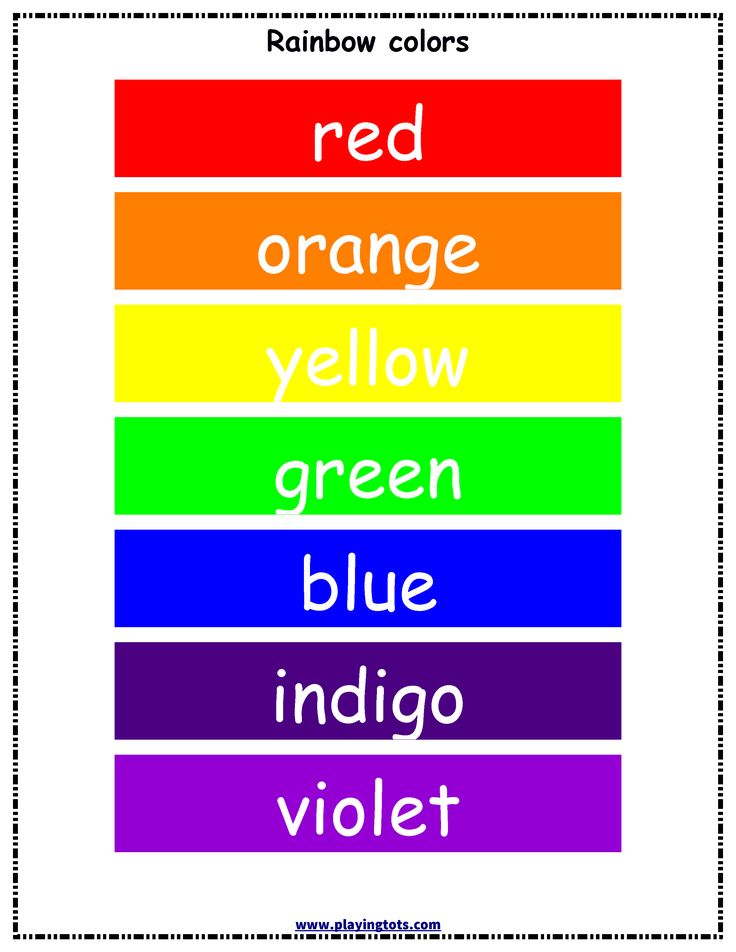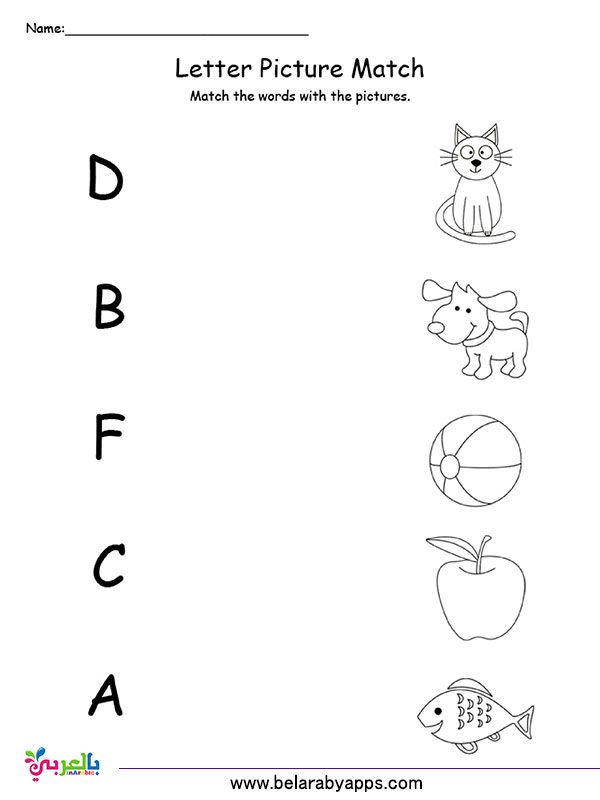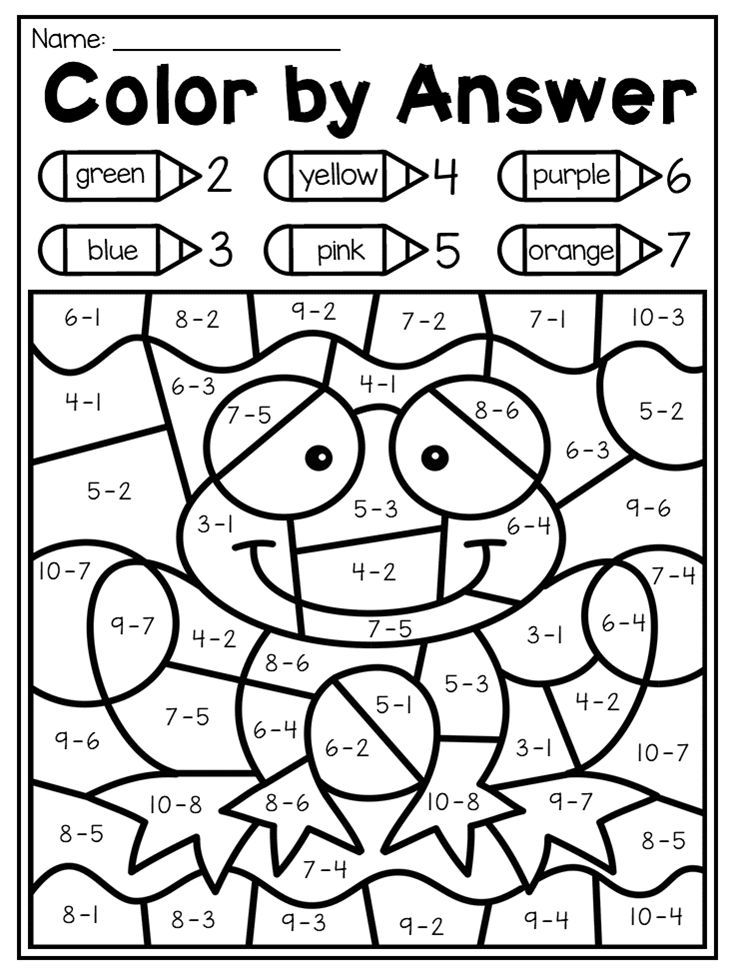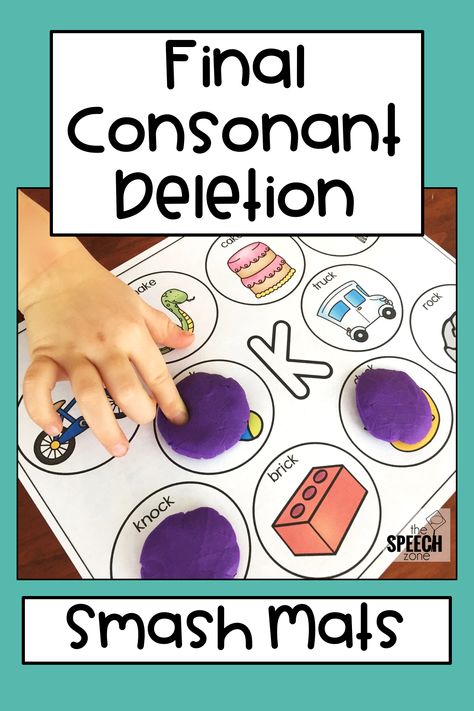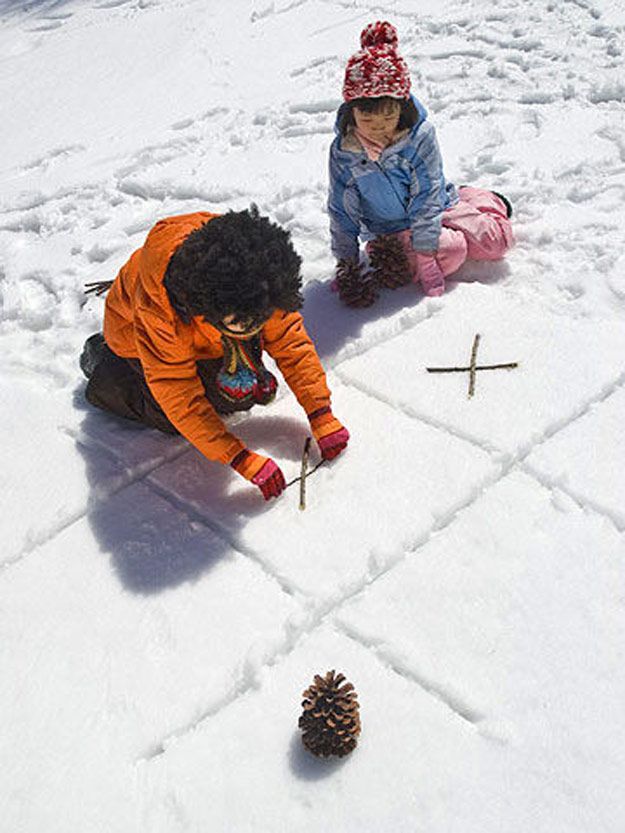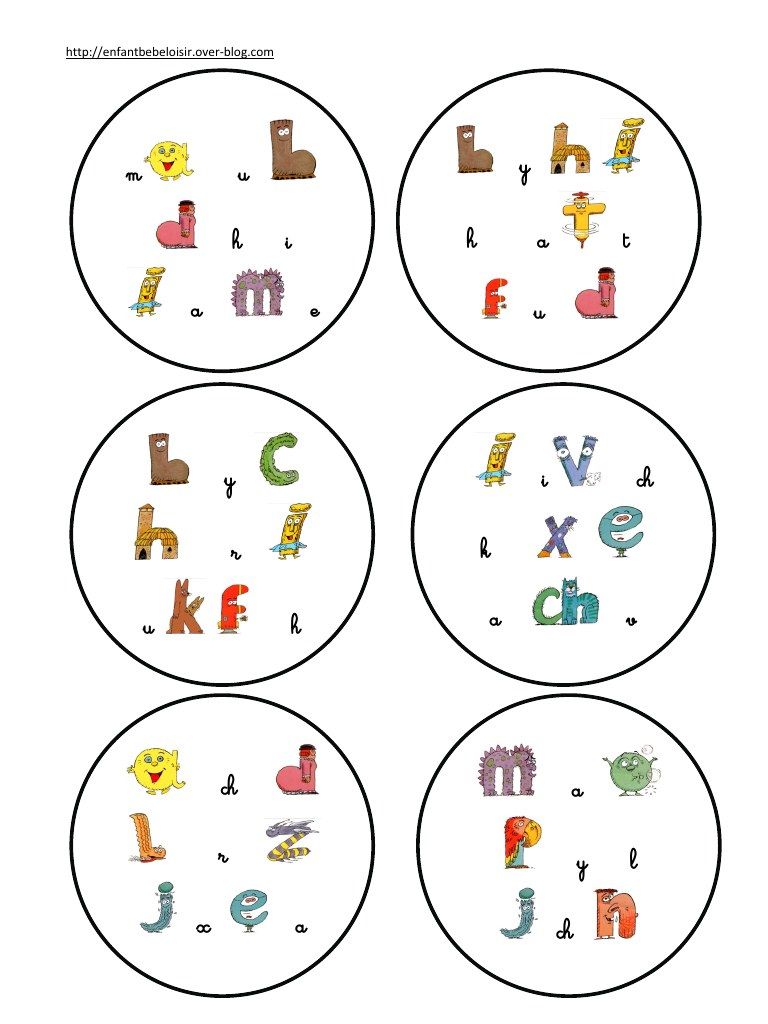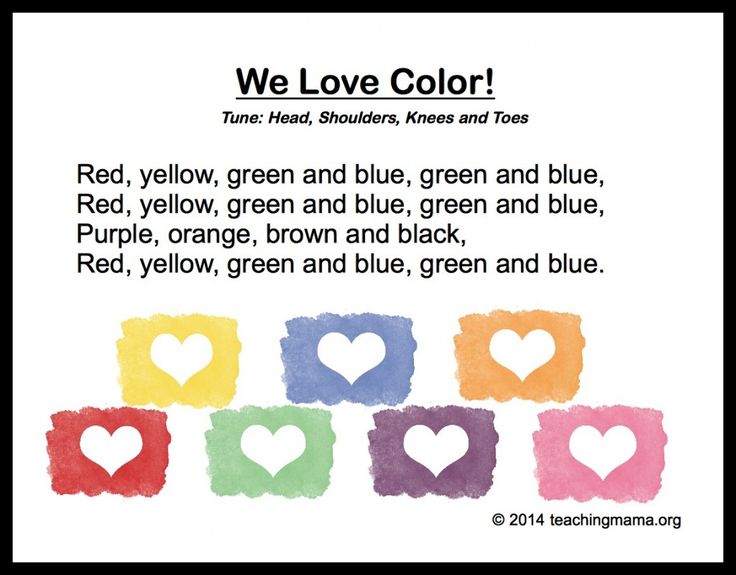Pizza story for kids
11 Books About Pizza For Kids
My all-time favorite dinner is pizza. Oh, how I love a great thick crust pizza! My boys are quickly learning to share my love of this yummy treat. There are plenty of books for kids that I can read about that cheesy, saucy, and doughy goodness. Today, we are sharing some of our favorite pizza books for kids.
Pizza Books for Kids
Full Disclosure: This post contains affiliate links.
Grandpa and Me by Karen Katz is a fun little book for babies and toddlers. It’s a lift-the-flap book showing some of the ingredients and some of the preparations necessary to make a pizza.
Cook It! by George Birkett is another great one for babies and toddlers. The simple text leads the young reader through the process of making a pizza.
Pizza Day by Melissa Iwai is the story of a child and his father gathering ingredients from the garden to make a pizza. The book even includes a recipe. A good choice for young children.
Pizza at Sally’s by Monica Wellington takes us to Sally’s Pizzeria where we learn how a pizza is prepared for the customers. We learn about tomatoes that are grown for sauce, wheat that is grown for the crust and milk that is made into cheese. Colorful illustrations and short text make a great read for toddlers and preschoolers.
What would you put on your pizza? Perhaps all foods that begin with the letter “p?” Enjoy this fun read-aloud, Pete the Cat and the Perfect Pizza Party by Dean, with a whole group or one on one. This is one of my favorite Pete the Cat books.
We love Little Red Hen Makes a Pizza by Philemon Sturges. It is a variation of the traditional Little Red Hen story. Duck, Dog and Cat are too busy to help Hen make the pizza, but in the end, they help in a big way!
Little Nino’s Pizzeria by Barbour is the story of a little boy who helps his dad at the pizzeria.
“Hi, Pizza Man!” by Virginia Walter is a silly story about a little girl who pretends that different people and animals deliver her pizza to the door.
Early readers will enjoy reading The Pizza That We Made by Joan Holub. This book is full of rhyme and rhythm for new readers. It also makes a good read-aloud for young children.
Extra Cheese, Please! by Cris Peterson takes us on a photographic journey of mozzarella from cow to pizza. However, those of us who live in St. Louis use Provel cheese on their pizza!
Pizza Counting by Christina Dobson will have you learning about addition and fractions.
How to Eat Pizza by Jon Burgerman starts out with a slice of pizza asking the question, “How do you eat pizza?” and that leads to first picking the right slice. Perhaps you like chili flakes or basil on your piece. But, when “the” slice of pizza determines we are about to eat him, he tries to sway us to try another slice. My kids were totally amused by the “crusty bottom” pages.
Chef Mootza Rella by Dawn Ventola is a sweet story of a boy who wants to make a pizza for his mom. He has to get creative since he can’t use the oven alone.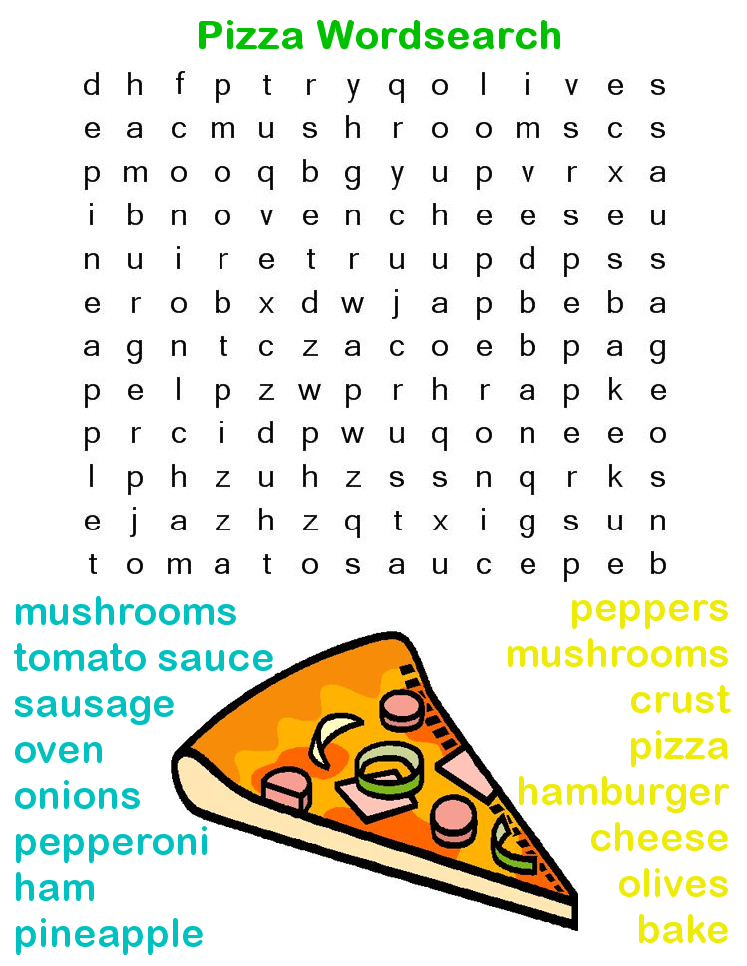
We all know that pizza is the best food. Right? Well, turns out there are some other amazing dishes in the world. And, Pipo is about to discover that in Every Night is Pizza Night by J. Kenji López-Alt.
Printable Pizza Books for Kids List
Grab a printable list of the yummy books above.
Keep the learning going.
Grab out pizza song and literacy activity.—->Pizza Song for Circle Time
Check out more of our great book lists!
This post first appeared on Growing Book by Book 2/9/15.
Children's books about pizza
This post may contain affiliate ads at no cost to you. See my disclosures for more information.
If I had to guess what foods American children like best, pizza would definitely be at or near the top of my list. The combination of tomato sauce and mozzarella cheese along with the option to fill the pizza with favorite toppings makes pizza such a mouth watering food.
In this post I have compiled a list of 15+ children’s books about pizza.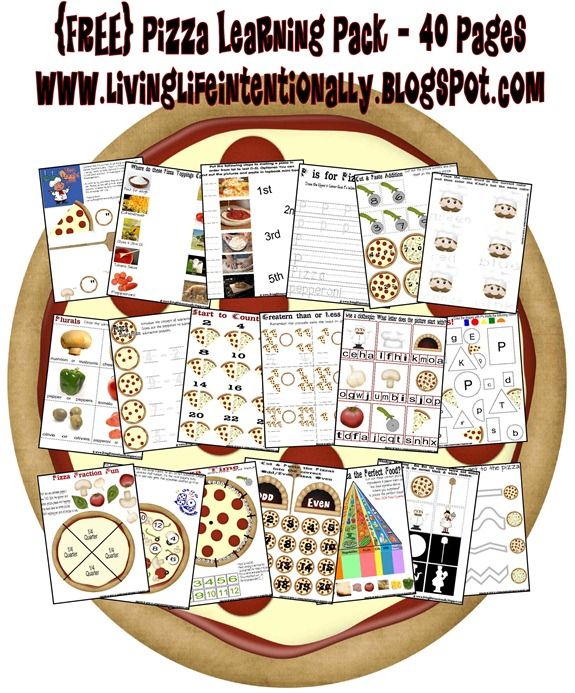 This list includes mostly fiction stories, although I also reviewed a couple of non-fiction books as well. I hope your children enjoy these kid-friendly books about pizza!
This list includes mostly fiction stories, although I also reviewed a couple of non-fiction books as well. I hope your children enjoy these kid-friendly books about pizza!
Pete’s a Pizza by William Steig
It is raining outside, and Pete is feeling upset because now he can’t play ball with his friends. His father comes up with a creative way to cheer him up – by turning him into a pizza! His father sets Pete down on the kitchen table. And then, as if Pete was the dough, begins to knead and stretch and throw him. Next, his father oils and flours the dough (by sprinkling water and talcum powder on Pete). When the dough is ready, his father adds tomato slices (which are really checkers) and cheese (which is really torn paper). Once the toppings are all added and Pete the pizza is baked (on the couch), his father carries him to the table to get sliced. At that point, Pete takes off running! Fortunately, turning Pete into a pizza helped him feel better. After reading this book, both of my kids wanted to be turned into pizzas just like Pete.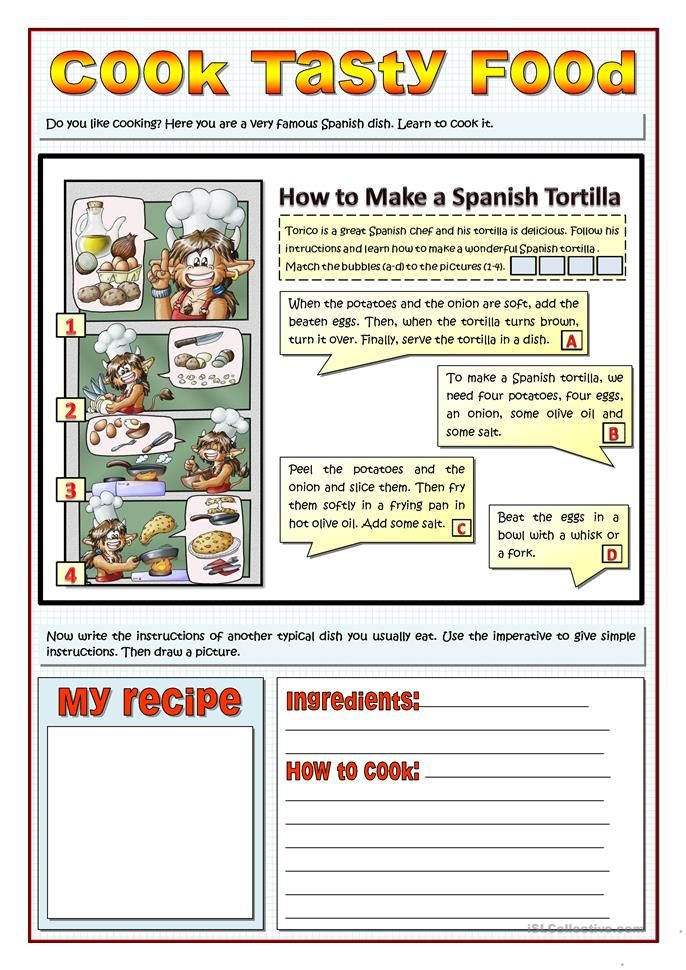 🙂 Ages 3 to 7.
🙂 Ages 3 to 7.
“Hi, Pizza Man!” by Virginia Walter
This is a very simple book, and my kids adored it. The story follows a girl who announces to her mom that she is hungry. The mom assures her that the pizza man will arrive soon with their meal. The mom then asks the girl, “What will you say when the doorbell rings and we open the door?” The girl responds, “Hi, Pizza Man!” So then the mom asks her what she will say if it’s a pizza woman. The girl responds, “Hi, Pizza Woman!” And what if it’s a pizza kitty, the mom asks? Or a pizza dog? Or a pizza duck? Young readers will laugh out loud as the girl imagines a variety of different animals coming to deliver her pizza and how she will great each one of them. Ages 3 to 8.
If you read this book with your kids, 1+1+1=1 has a kindergarten literature unit to go along with this story.
Pizza-Pie Snowman by Valeri Gorbachev
Pinky the pig is heading in to town to pick up a pizza with his favorite toppings – mushrooms, mozzarella cheese, fresh tomatoes, onions, and peas.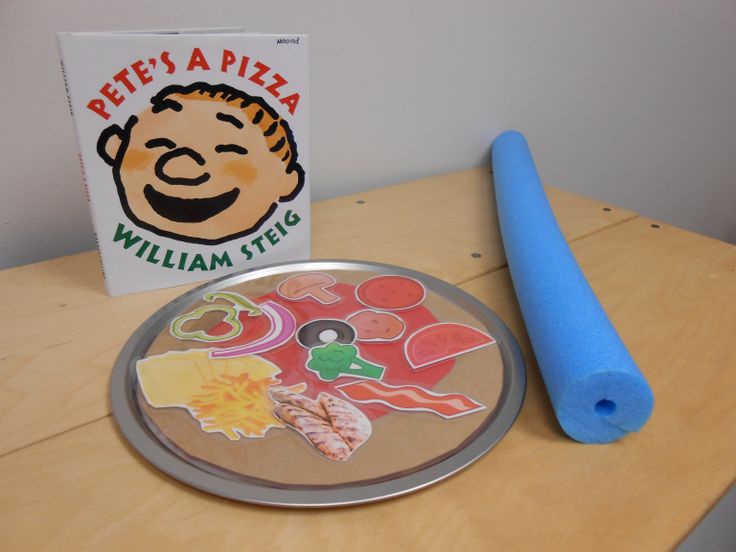 He encounters many distractions along the way, including getting covered in snow, but he remains steadfastly focused on his goal of getting to the pizza shop. Thus, he doesn’t waiver even when everyone in town is exclaiming over a walking snowman. Only after he gets home and finishes the pizza with his mom does he set out to find the walking snowman everyone was talking about. Young children will be delighted at Pinky’s mistake in not realizing that *he* was the walking snowman everyone was talking about! Ages 3 to 7.
He encounters many distractions along the way, including getting covered in snow, but he remains steadfastly focused on his goal of getting to the pizza shop. Thus, he doesn’t waiver even when everyone in town is exclaiming over a walking snowman. Only after he gets home and finishes the pizza with his mom does he set out to find the walking snowman everyone was talking about. Young children will be delighted at Pinky’s mistake in not realizing that *he* was the walking snowman everyone was talking about! Ages 3 to 7.
Secret Pizza Party by Adam Rubin
This fun and quirky story comes from the author and illustrator team who brought us the delightful book Dragons Love Tacos. Raccoon loves pizza, but because he is a raccoon he rarely gets to eat it. So he decides to have a secret pizza party at his house to enjoy all the pizza he wants. He disguises himself to order pizza at the local pizza shop, and then runs out before paying for the pizza. He runs as fast as he can, but gets chased by raccoon-sniffing broom-bots (yes, the story is quirky!).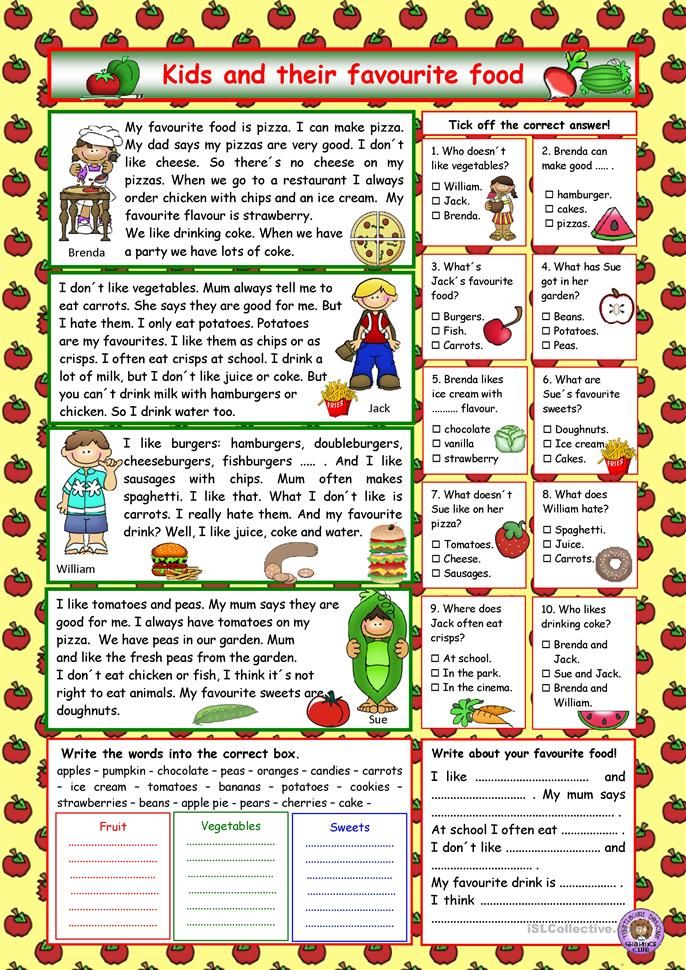 Eventually he makes it home with his pizza to begin his secret pizza party. But then he discovers an actual secret pizza party going on next door with lots of people and lots of pizza. Raccoon disguises himself to attend the party, but it isn’t long before he is discovered and the party goers are chasing after him again! Ages 3 to 8.
Eventually he makes it home with his pizza to begin his secret pizza party. But then he discovers an actual secret pizza party going on next door with lots of people and lots of pizza. Raccoon disguises himself to attend the party, but it isn’t long before he is discovered and the party goers are chasing after him again! Ages 3 to 8.
Pizza by Frank Asch
One evening Papa Bear and Mama Bear decide to go out to dinner at the new pizza parlor in town. Baby Bear has never tried pizza, and isn’t sure he will like it, but Mama Bear and Papa Bear assure him that he will. When the pizza finally arrives, Baby Bear lets it cool a bit and then tries a bite. He loves it! Baby Bear felt that he had never tasted something so yummy. That night he dreams of pizza. The next morning, his parents offer him several things for breakfast, but the only thing he wants is more pizza! Ages 3 to 7.
Little Nino’s Pizzeria by Karen Barbour
This sweet tale of family and love takes place against the backdrop of Little Nino’s Pizzeria, owned by the narrator’s dad.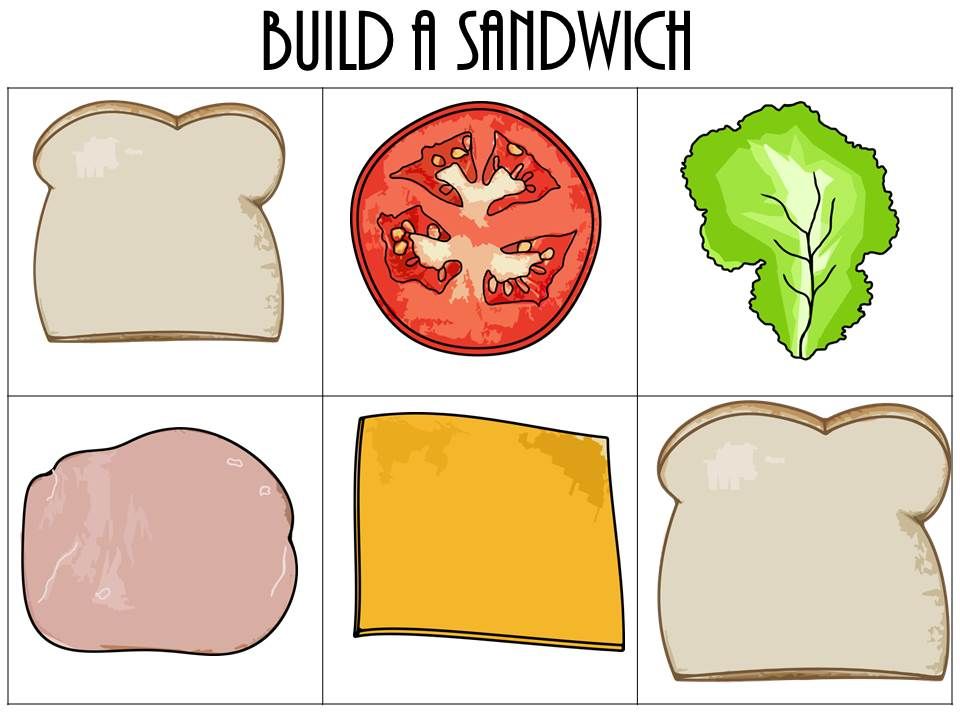 The narrator loves helping his dad makes pizza, pick up plates after the customers have finished, and carry out the dirty dishes. Little Nino’s Pizzeria is so successful that the dad decides to open a new restaurant called Big Nino. However, the narrator can no longer help in the dining room without a waiter tripping on him. And when he tries to help in the kitchen, the chef pushes him away. The narrator goes home feeling very sad. But one night his father returns from Big Nino feeling extra tired. He wants to get back to how things used to be. So the dad and narrator re-open Little Nino’s to continue delivering the best pizza in the world as a happy family once again. Ages 3 to 6.
The narrator loves helping his dad makes pizza, pick up plates after the customers have finished, and carry out the dirty dishes. Little Nino’s Pizzeria is so successful that the dad decides to open a new restaurant called Big Nino. However, the narrator can no longer help in the dining room without a waiter tripping on him. And when he tries to help in the kitchen, the chef pushes him away. The narrator goes home feeling very sad. But one night his father returns from Big Nino feeling extra tired. He wants to get back to how things used to be. So the dad and narrator re-open Little Nino’s to continue delivering the best pizza in the world as a happy family once again. Ages 3 to 6.
Pizza at Sally’s by Monica Wellington
This story explains all the steps that Sally the pizza maker goes through to make and deliver her delicious pizza to hungry customers. She gets tomatoes from the community garden, wheat from far away farms, and cheese from the shop next door.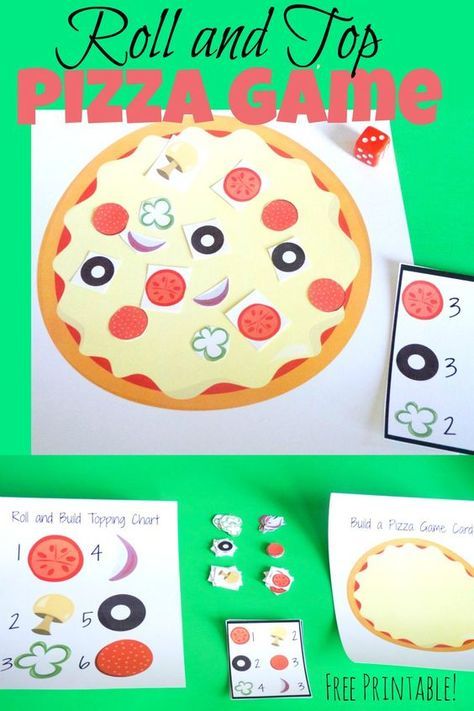 Then she opens her pizzeria in the morning and begins to prepare the ingredients. Soon hungry customers come in or place orders over the phone. Young children will enjoy seeing the entire pizza making process that Sally goes through from getting her ingredients to delivering delicious pizza in her pizzeria. The back of the book includes a recipe to make Sally’s pizza. Ages 2 to 7.
Then she opens her pizzeria in the morning and begins to prepare the ingredients. Soon hungry customers come in or place orders over the phone. Young children will enjoy seeing the entire pizza making process that Sally goes through from getting her ingredients to delivering delicious pizza in her pizzeria. The back of the book includes a recipe to make Sally’s pizza. Ages 2 to 7.
The Little Red Hen (Makes a Pizza) by Philomen Sturges
Upon spying a can of tomato sauce in her cupboard, the little red hen decides to make a pizza. She asks her friends if they have a pizza pan she can borrow, but upon hearing that none do she runs to the store to buy one. Then she discovers she has no flour. She asks if any of her friends will run to the store to pick up flour, but none offer to do so. So the little red hen goes the supermarket and buys some flour. Then she discovers she has no mozzarella cheese. Again, none of her friends will go to the store to get it, so the little red hen goes herself.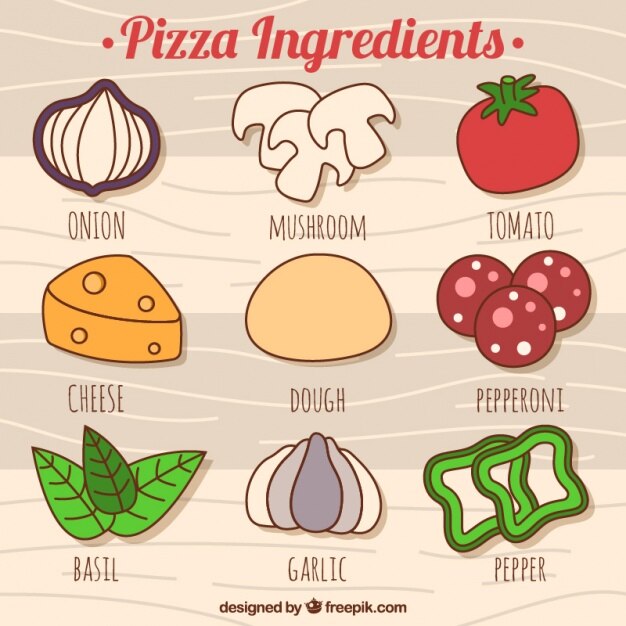 This continues on and on, with no one willing to help make the dough or make the toppings, so little red hen does it all by herself. Finally, the pizza is ready and it is HUGE! Little red hen asks her friends if they would like some pizza, and her friends all said yes. Thankfully, they all agree to help wash the dishes afterwards as well.
This continues on and on, with no one willing to help make the dough or make the toppings, so little red hen does it all by herself. Finally, the pizza is ready and it is HUGE! Little red hen asks her friends if they would like some pizza, and her friends all said yes. Thankfully, they all agree to help wash the dishes afterwards as well.
Lorenzo, the Pizza-Loving Lobster by Claire Lordon
One day when Lorenzo the lobster is walking on the beach, he meets a seagull who is eating pizza. The seagull shares some pizza with Lorenzo, who thinks it is so delicious that he rushes home to tell all his friends about it. Lorenzo and his friends decide to make pizza, but Lorenzo can’t quite remember the ingredients. The first pizza Lorenzo and his friends make has seaweed and kelp paste. But it doesn’t taste quite right. So they try making a pizza with kelp dough, squid ink, algae, and coral rings. But that doesn’t taste right either. His friends eventually leave, thinking that pizza actually tastes pretty awful.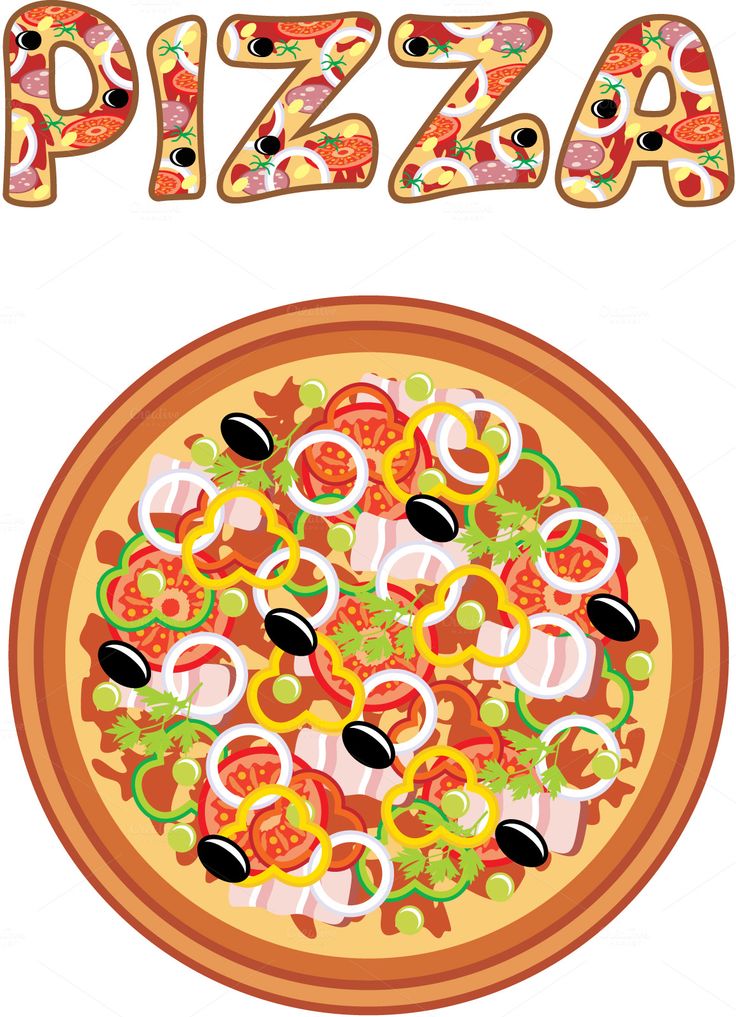 As his friend leaves, she smells something wonderful. A vendor is selling pizza on the beach! She buys some and brings it to Lorenzo to share. They enjoy the pizza, and they study it carefully to know how to make it properly the next time. Young children will laugh with delight at all the strange ingredients Lorenzo and his friend try to make their own pizza. Ages 3 to 8.
As his friend leaves, she smells something wonderful. A vendor is selling pizza on the beach! She buys some and brings it to Lorenzo to share. They enjoy the pizza, and they study it carefully to know how to make it properly the next time. Young children will laugh with delight at all the strange ingredients Lorenzo and his friend try to make their own pizza. Ages 3 to 8.
Pizza in Pienza by Susan Fillion
This book not only introduces young readers to the city of Pienza, Italy, it also provides a history lesson focused on pizza. For example, did you know that pizza originated in Naples, Italy as a peasant food sold by the slice? And the Pizza Margherita was named after the Queen when it was created by a pizza maker who wanted a green, white, and red pizza to honor the Italian flag? Pizza lovers ages 4+ will enjoy this brief history of pizza.
Pizza for the Queen by Nancy F. Castaldo
One day, Raffaele the pizza maker receives a request to make pizza for the queen.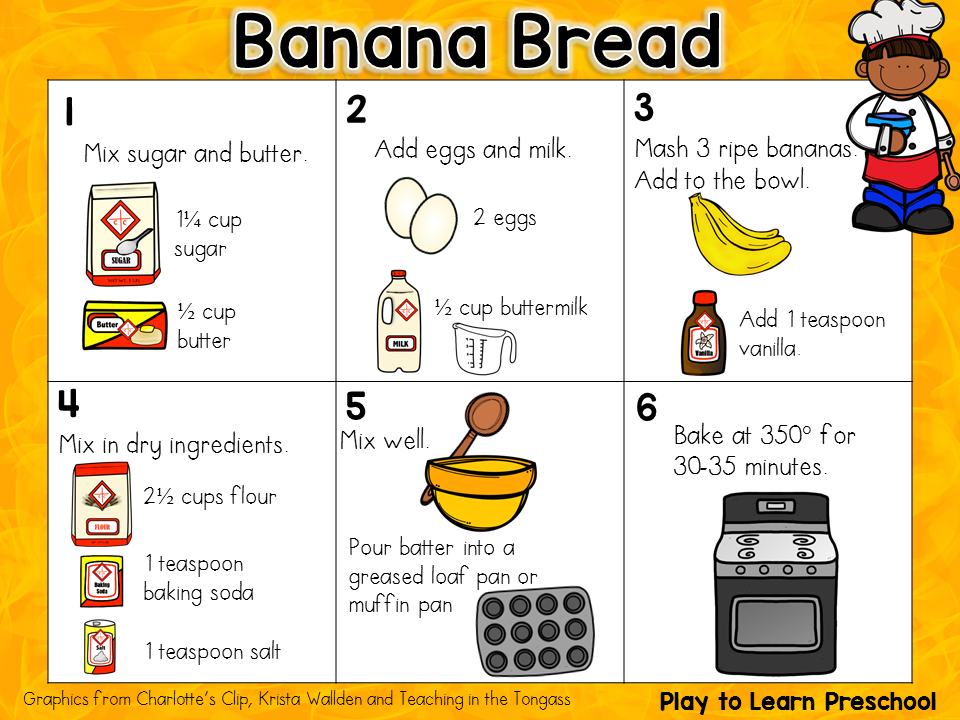 He feels honored and sets out to make some delicious pizzas for the queen so she will know what a Napoli pizza tastes like. He goes shopping for ingredients and then comes back to his pizzeria to make the pizzas for the queen. For the first pizza he decides to use green olive oil, fresh plum tomatoes, oregano, and garlic. On the second pizza he adds sausage, mozzarella, and fresh basil. For the third pizza, he is inspired by the Italian flag to add red tomato, fresh green basil, and slices of white mozzarella. When the queen tries the pizza, she enjoys them all. But she particularly likes the third one that has the colors of the Italian flag. After that day, pizza with red tomato, fresh green basil, and slices of white mozzarella becomes known as Pizza Margherita in honor of the queen.
He feels honored and sets out to make some delicious pizzas for the queen so she will know what a Napoli pizza tastes like. He goes shopping for ingredients and then comes back to his pizzeria to make the pizzas for the queen. For the first pizza he decides to use green olive oil, fresh plum tomatoes, oregano, and garlic. On the second pizza he adds sausage, mozzarella, and fresh basil. For the third pizza, he is inspired by the Italian flag to add red tomato, fresh green basil, and slices of white mozzarella. When the queen tries the pizza, she enjoys them all. But she particularly likes the third one that has the colors of the Italian flag. After that day, pizza with red tomato, fresh green basil, and slices of white mozzarella becomes known as Pizza Margherita in honor of the queen.
Nothing Beats a Pizza by Loris Lesynski
This is a book of poems meant for reading out loud “with pizzazz.” Not all of the poems are related to pizza, but many are. We particularly enjoyed the pizza poem version of Goldilocks and the Three Bears. Ages 4+.
Ages 4+.
Fiesta con pizza / Pizza Party by Lawrence Schimel
Ana and her friend Brad are making pizza. They roll the dough, spread the tomato sauce, and add lots of cheese. When the pizza comes out of the oven, they cut the pizza into eight slices, giving each of them four slices to eat. But just then, a friend appears and asks if he can eat pizza too. The three friends try to figure out how to divide eight slices among three people. So they bake another pizza and cut it into six slices, giving each of them two slices. But just as they are about to eat, two more friends show up. The story continues in this fashion with the kids trying to figure out how to split the pizza fairly among the people who want to eat. The book lends itself well to math discussions about fractions and dividing objects equally. Plus, this book is bilingual so it can be used for kids learning either English or Spanish. Ages 4 to 10.
Pizza Counting by Christina Dobson
This wonderful and colorful book combines some facts and history about pizza with some simple math lessons focused on addition, multiplication, and really, really big numbers. For example, did you know it would take more than 131,000,000 12-inch pizzas to circle the Earth at the equator? Ages 5 to 10.
For example, did you know it would take more than 131,000,000 12-inch pizzas to circle the Earth at the equator? Ages 5 to 10.
Let’s Make Pizza by Mary Hill
This non-fiction book features real-life photographs of a girl and her father making pizza. Most steps of the pizza-making process are detailed, from adding each ingredient to putting it in the oven to eating the pizza when it is ready. Ages 2 to 6.
Pizza: The Pie That’s Not a Dessert by Elaine Landau
This non-fiction book discusses the history of pizza as a food for poor people in Italy. I was fascinated to learn that the first pizzas did not contain tomatoes or cheese. Later on, an Italian tavern-owner wanted to make a pizza with the red, white, and green colors of the Italian flag, so he used tomatoes, mozzarella cheese, and basil. The book describes pizza as both tasty and healthy (which I would argue is not necessarily true!). It also describes an easy pizza recipe you can make at home using an English muffin.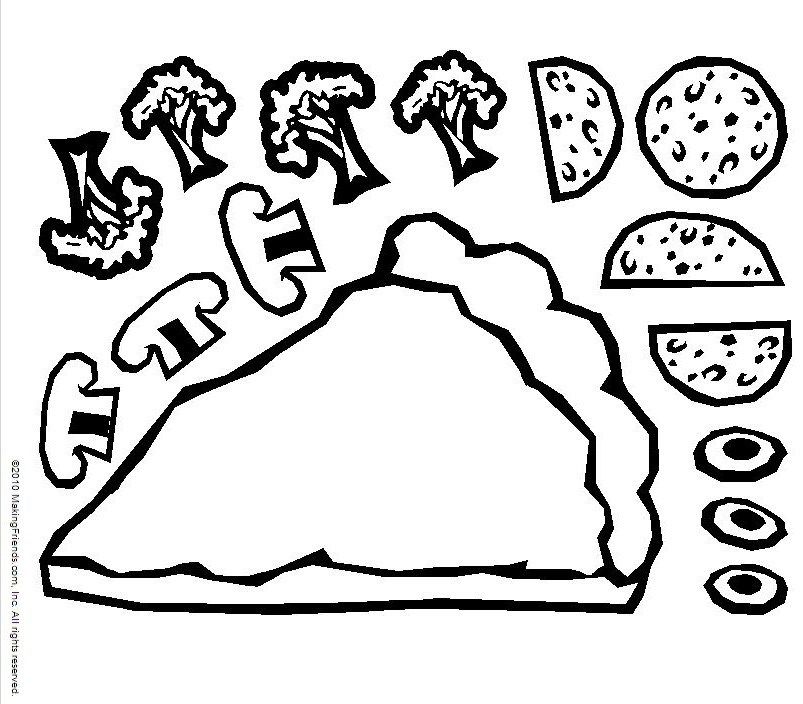 The book also describes popular pizza toppings in the US and provides several fun facts about pizza in the back. Ages 4 to 9.
The book also describes popular pizza toppings in the US and provides several fun facts about pizza in the back. Ages 4 to 9.
More pizza posts from Gift of Curiosity:
- Pizza Do-a-Dot Printables
- Pizza I Spy Printables
You’ll find more resources for learning about pizza on my Pizza Unit Study Pinterest board.
The history of the origin of pizza. Interesting facts
Pizza has a thousand-year history, it is still unknown who first invented this dish. Historians are still arguing about who could become the creator of pizza, however, no one has come to a consensus. Now pizza is considered to be an Italian dish.
Ancient man learned how to bake cakes. For this, coals and a stone were used, on which the cake was baked. All Mediterranean peoples used this recipe, and then olive oil began to be used. Then the cake was sprinkled with herbs and seasonal vegetables. The same cake served as a plate, which allowed it to become a universal dish in campaigns and work in the field.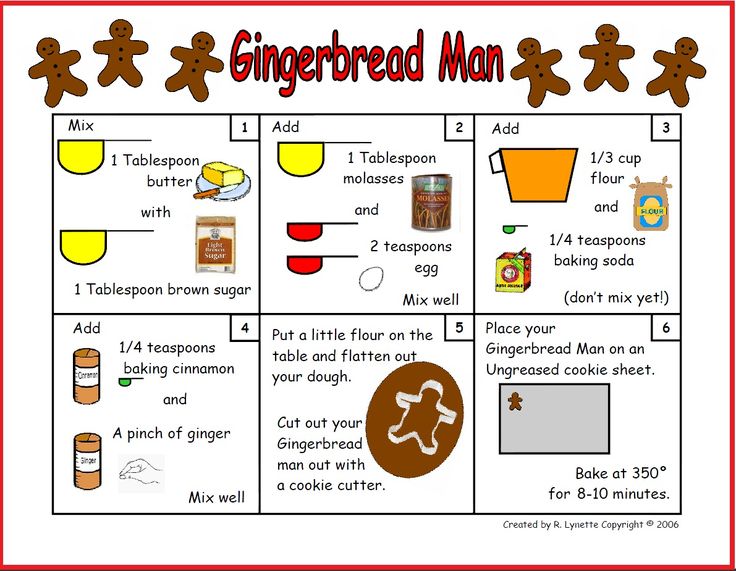 nine0003
nine0003
The official prototype of pizza is the tortillas that were made in ancient Egypt. About 6 thousand years ago, yeast was invented, and sour dough began to be used in baking these cakes. There are mentions of historians that already in the 5th century, warriors prepared cakes from dough, dates and cheese on their shields. The legendary Etruscans used the same method. Then, according to some sources, this recipe was borrowed by Ancient Greece, and from there it came to Rome, where the official history of this dish begins. nine0003
It was in ancient Greece that pizza was prepared, which most closely resembles its modern look. The Greeks spread cheese, herbs, onions and other vegetables on raw dough, then poured olive oil on them and baked them in fiery ovens. This dish was called "plakuntos" and was found even in the annals of Plato. He mentioned that the cake was present at a magnificent feast.
For a time, pizza was thought to be food for the plebeians. This was due to the fact that it was very convenient to eat pizza before working in the fields, it satisfied hunger, allowed them to gain strength and did not require much time to cook.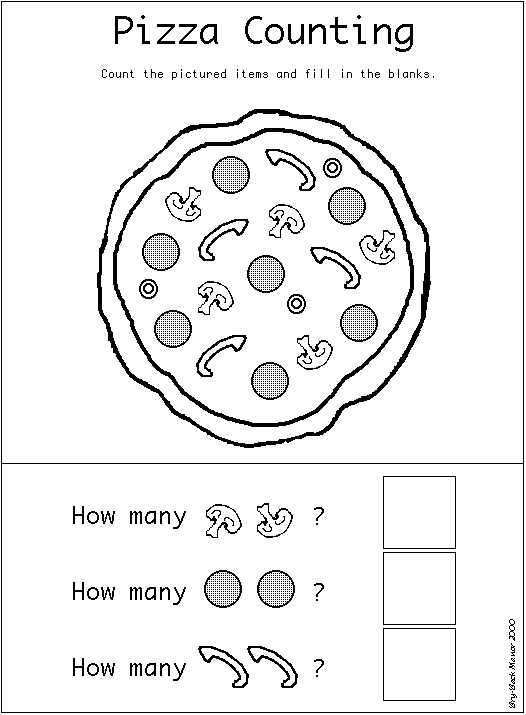 In this recipe, almost all available products were used - from vegetables to dried meat. But, later, from the sources of history it became known that the dish was very popular among the nobility. Their pizza had a slightly different recipe, but the essence remained the same - a tortilla with cheese, tomatoes, other vegetables and olive oil. Rustic pizza in Italy was called focazcia. nine0003
In this recipe, almost all available products were used - from vegetables to dried meat. But, later, from the sources of history it became known that the dish was very popular among the nobility. Their pizza had a slightly different recipe, but the essence remained the same - a tortilla with cheese, tomatoes, other vegetables and olive oil. Rustic pizza in Italy was called focazcia. nine0003
The ancient Romans already had a different name for the dish - “placenta”. They complicated the recipe by adding bay leaves and honey to the dough. Cato the Elder mentioned a cake with herbs and honey smeared with honey in his treatise On Agriculture. However, there is another version of the appearance of pizza in ancient Rome. It is believed that it was brought by the Roman legionnaires after returning from Palestine and was called "picea".
This theory is confirmed by the remains of a cookbook called "De Re Coquinaria", which was found in the ruins of Pompeii. The author of the book is Mark Gavius Apicius, who lived in the days of early Christianity.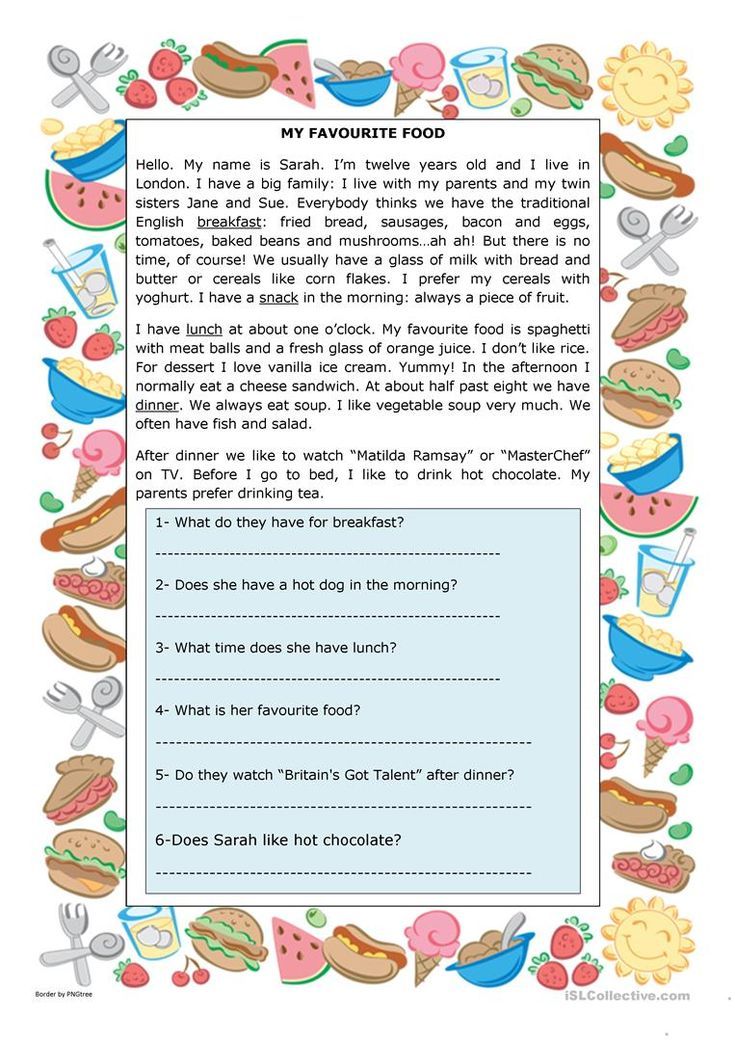 This book said that nuts, cheese, chicken pieces, mint, pepper, garlic and olive oil should be placed on the dough, then baked and served chilled in the snow. nine0003
This book said that nuts, cheese, chicken pieces, mint, pepper, garlic and olive oil should be placed on the dough, then baked and served chilled in the snow. nine0003
There are a lot of rumors about the origin of pizza, so Norwegian scientists hypothesized that the prototype of pizza was invented by the Vikings, who cooked flatbread on ships using recipes similar to pizza. They had special pans that helped prepare this dish using meat, vegetables and fish.
The history of pizza as we know it today began in 1522. At that moment, tomatoes were brought to Europe, which at first were considered poisonous. Among people, tomatoes were called the "devil's berry", and for a long time the nobility refused to eat them. However, the Neapolitan poor soon realized that the product was quite edible and had good taste, and began to use tomatoes as a pizza topping. nine0003
Already in the 17th century, pizza was a pastry topped with olive oil, cheese, tomatoes, herbs and bacon. It was prepared by special chefs, who were called "pizzaioli".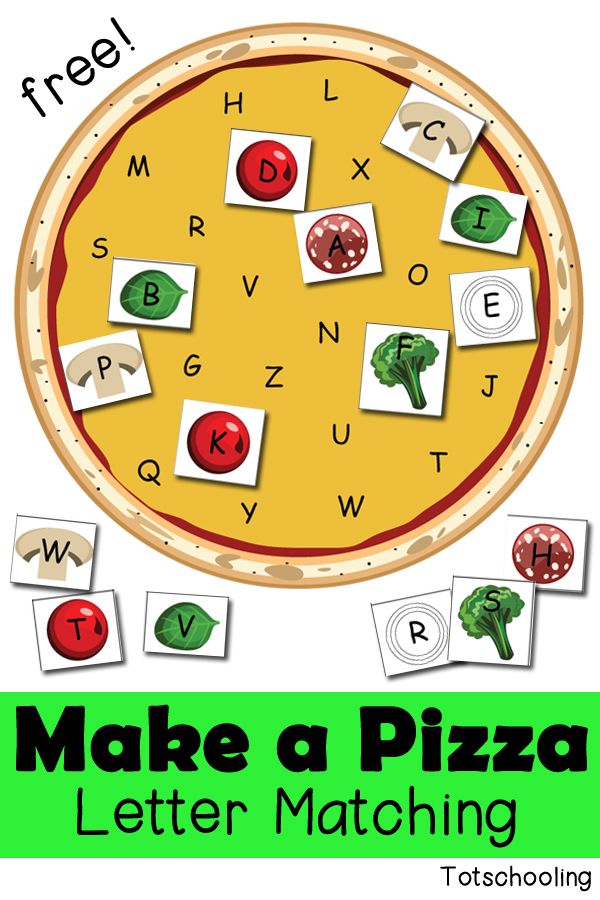 By the way, this definition for masters has been preserved to this day. Bakers of that time baked pizza from early morning, which was in great demand among sailors returning in the late evenings. At the same time, fresh seafood began to be actively used in pizza.
By the way, this definition for masters has been preserved to this day. Bakers of that time baked pizza from early morning, which was in great demand among sailors returning in the late evenings. At the same time, fresh seafood began to be actively used in pizza.
In the 18th century, pizzerias began to appear, which had a special oven and a marble bench for cooking. Tables were set up in the same room, and ready-made pizza was sold in the windows, which customers could take with them. Around the same period, pizza began to appear on the tables of the nobility. The wife of the king of Naples even ordered that a special oven be built in the summer residence for this dish, which she later treated to royal guests. nine0003
Pizza culture flourished in the 1870s, when many dwarf states united. A single state of Italy was formed, in which the fashion for certain things spread throughout the country. Ultimately, this led to the fact that pizza became popular not only in Naples, but also in all other territories.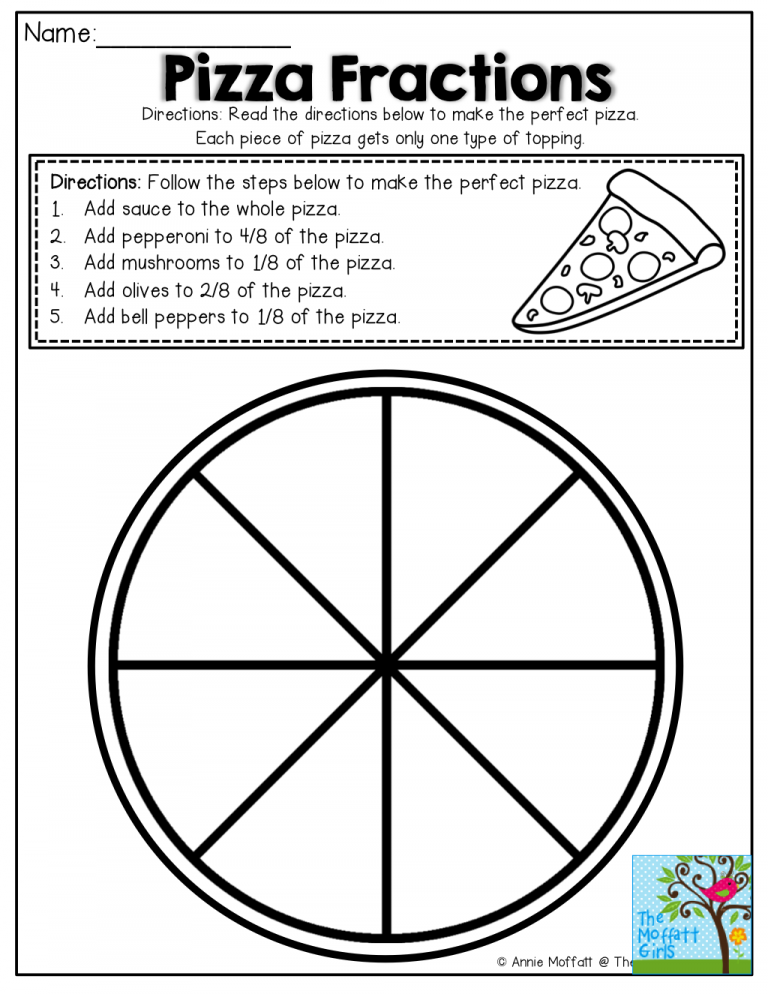 By the way, an interesting fact: the pizza recipe in different regions was completely unique. So, for example, Roman pizza to this day has a thin and crispy dough, while Neapolitan pizza is softer and more crumbly. Already at the end of 19th century, the dish became popular throughout Italy, more and more new recipes and types were invented, the nobility showed particular interest in the dish.
By the way, an interesting fact: the pizza recipe in different regions was completely unique. So, for example, Roman pizza to this day has a thin and crispy dough, while Neapolitan pizza is softer and more crumbly. Already at the end of 19th century, the dish became popular throughout Italy, more and more new recipes and types were invented, the nobility showed particular interest in the dish.
In 1905, the first pizzeria was opened in New York, which had its own recipe, called "American" or "New York pizza". A distinctive feature of this cake is the raised edges, which allow you to use even more filling. Now this recipe is no less popular than the original. In Japan, their own version of pizza was invented, which did not have a specific recipe, everyone could add whatever they wanted to it. The only condition was the presence of a topping of dry tuna, which stirred from the steam of hot pizza. nine0003
Who invented pizza? When and where did pizza appear?
I'm here: home ›
Virtual School
›
History
› Who Invented Pizza?
History
What kind of pizza do you like - with pepperoni, chicken, seafood? Or maybe cheese or fruit with pineapples? And who only came up with such a yummy? Today you will find out where the first pizzeria opened and which pizza is the largest in the world.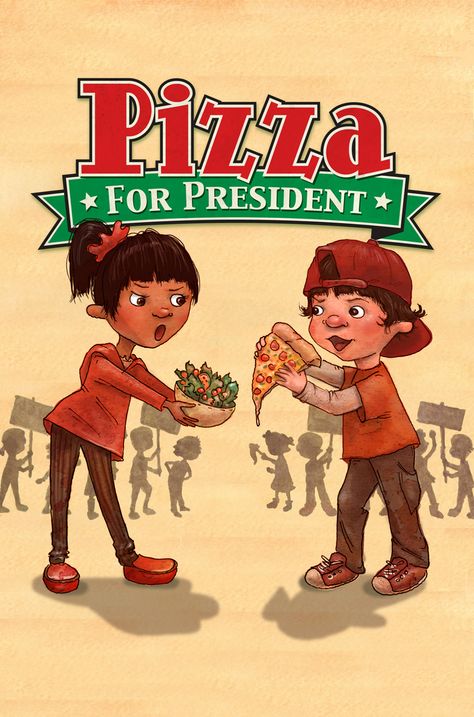 And also - for a while you will turn into a real pizza chef. nine0003
And also - for a while you will turn into a real pizza chef. nine0003
18 0641
When and where did pizza originate?
You know that pizza is a flatbread with delicious toppings. How old do you think she is: 100, 200, maybe 300?
Recently, archaeologists unearthed an ancient hunter-gatherer hut in the Black Desert of Jordan and found the fossilized remains of a flatbread in the ruins of the hearth. It was baked from wild cereals, pieces of meat were placed in the middle, as if on a plate. Does it look like pizza? But she is more than 14 thousand years old!
The Egyptians baked stuffed cakes six thousand years ago. And the soldiers of the Persian king Darius in 538 BC cooked them on shields to eat on a campaign. In ancient Greece, cooks smeared cakes with olive oil, honey, sprinkled with herbs and vegetables. The pastry was called "plakuntos", now there are pizzerias with that name. nine0003
Pizza similar to modern pizza appeared in the 16th century in the Italian city of Naples.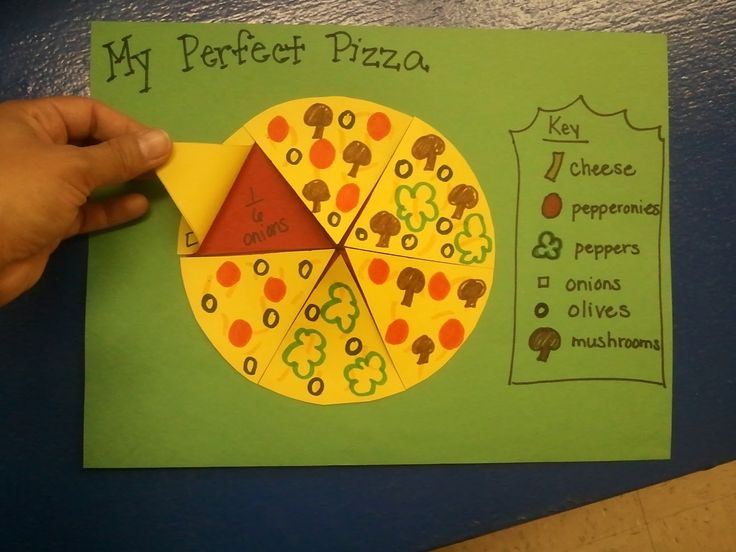 It was called the "poor cake": the peasants greased the dough with bacon or butter, sprinkled with garlic and cheese, baked and had a snack between work.
It was called the "poor cake": the peasants greased the dough with bacon or butter, sprinkled with garlic and cheese, baked and had a snack between work.
Then the merchants came up with the idea of cutting pizza into even triangles, because it was easier to sell food in pieces. In 1738, a diner serving pizza, Antica Pizzeria Port'Alba, opened in Naples.
The most popular pizzas in the world
So pizza used to be the food of the poor? Of course not! After all, it is so different: thin and thick, large and small, with expensive and cheap stuffing. Look at how many offers - your eyes run wide: yaposhka.kh.ua/pizza-italiani. Some are a real delicacy that can be served on the royal table. One of them is Margarita.
Margherita
This pizza was named after the Italian Queen Margherita, who lived in 1889. One day she came to Naples and wanted to try the stuffed tortilla for which the city was famous. Chef Rafaele Esposito baked pizza with mozzarella cheese, tomatoes and basil.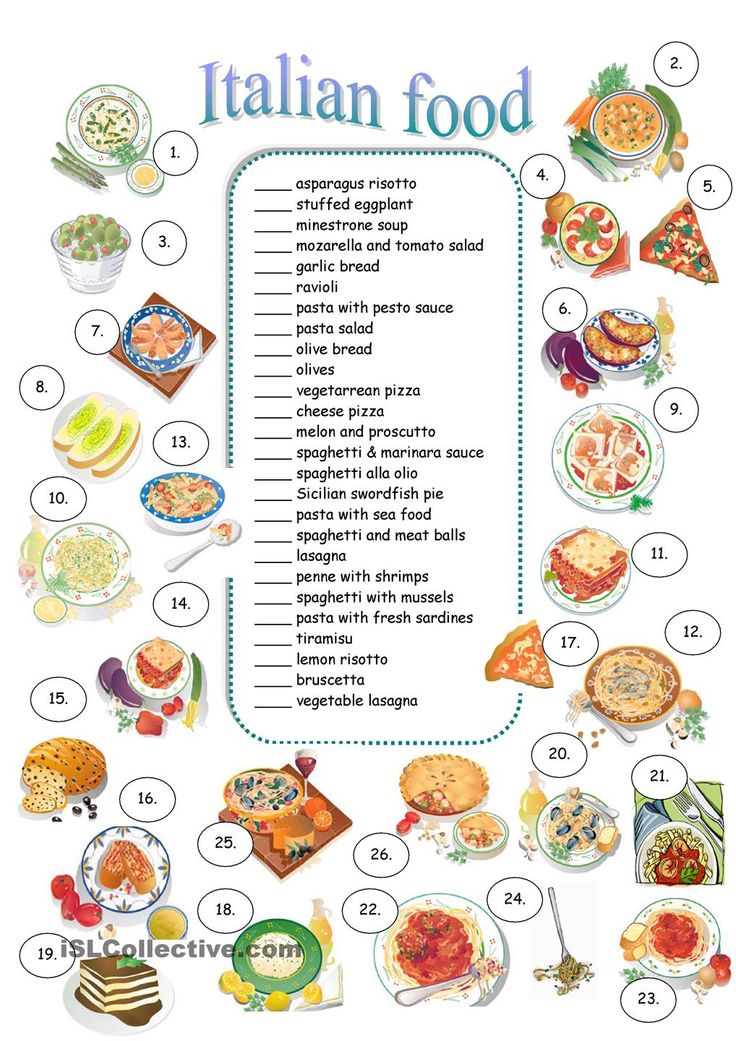 It was very tasty and resembled the colors of the flag of Italy. Margherita ordered to bake such a pizza in the royal ovens. nine0003
It was very tasty and resembled the colors of the flag of Italy. Margherita ordered to bake such a pizza in the royal ovens. nine0003
Marinara
In translation - "sea", or rather "sailor". The filling may not even contain seafood! This pizza is so called because of the sauce that the ship's cooks came up with - coca. It contains garlic, spices, oil, tomatoes. It did not deteriorate for a long time during sea travels. Now olives, cheese, capers, the buds of Mediterranean plants, are added to pizza with this sauce. You can add seafood - mussels, squid, shrimp.
Diablo
Another name for it is Devil's Pizza. It tastes "fiery" because of the very spicy sauce and jalapenos. This is a small but insidious pepper that burns so raw that chefs only cook it with gloves on. The filling must contain pepperoni, cheese, bacon, tomatoes, and sometimes mushrooms.
Interesting facts about pizza
- After the release of the Teenage Mutant Ninja Turtles cartoon, pizza became so popular among children that a special recipe appeared - "Kranchabungas".
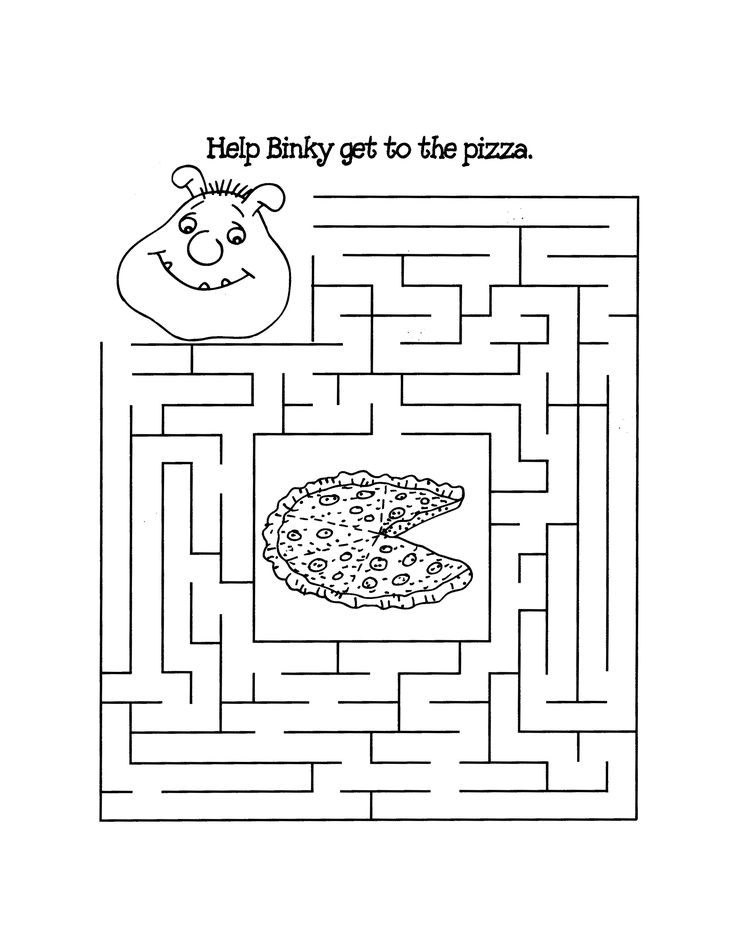 This name is familiar to all fans of the invincible four, who were ready for anything for the sake of a pizza triangle. nine0092
This name is familiar to all fans of the invincible four, who were ready for anything for the sake of a pizza triangle. nine0092 - The most expensive pizza in the world was prepared by Italian chef Renato Viola. It was small - 20 cm in diameter - and cost 8300 euros! The filling included elite cognac, various caviar, lobsters, lobsters, other seafood, and exquisite cheeses.
- The largest rectangular pizza was baked in America in 2005. Its length was 39 m, width - 30 m. It took 1815 kg of cheese and 320 kg of sauce to prepare.
- Americans are real pizza lovers! Approximately 350 slices of pizza are eaten every second in the US. nine0092
- People are not the only ones who love stuffed tortillas. There are even mini dog pizzas with carrots, cheese and celery. Furry pets just love them!
- The Japanese came up with a "live pizza" - because of the hot steam, pieces of tuna move on it, and this is simply a bewitching sight.
- Soon pizza will be eaten even in space! In America, they are developing a 3D printer that will print any dishes to order directly on a spaceship.
 The first thing NASA is going to make is pizza. nine0092
The first thing NASA is going to make is pizza. nine0092
How to make your own pizza quickly
Try to make your own pizza like a real Italian pizzaiolo. To do this, you need a frozen flatbread - these are sold in the bread department of supermarkets.
You will need:
- pizza base - 1 pc.,
- ketchup - 2 tbsp. l.,
- tomato - 1 pc.,
- hard cheese - 3 tbsp. l.,
- smoked sausage - 12 circles.
Start cooking!
1. Remove the frozen base from the packaging and place on a heatproof plate. A special dish for the microwave is best, but you can use another one - glass or paper. Let the workpiece lie at room temperature for 15 minutes.
2. While the tortilla is defrosting, wash and dry the tomato. Cut into circles. Also cut the sausage.
3. Grate the cheese.
4. Brush the pizza base with ketchup. nine0003
5. Put the tomatoes on the sauce, then the sausage on top.

